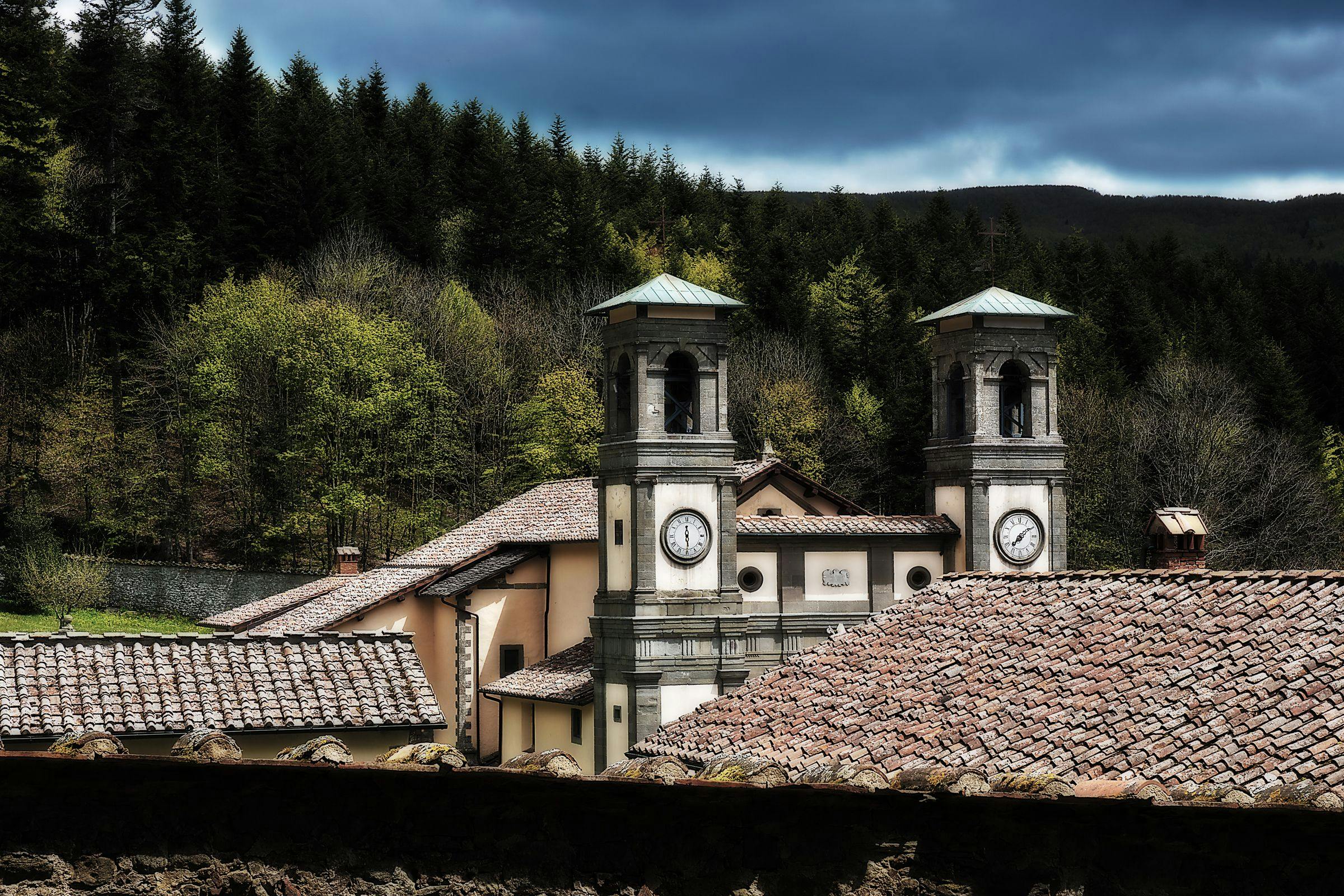This article outlines some of the connections between particular tree species and sacred natural sites in contemporary Italy. In line with a recurrent definition also ratified by the IUCN, by sacred natural sites we mean 'patches of land or water that hold spiritual significance for people and communities' (Wild and McLeod 2008). While this definition may sound overly general, its inclusiveness well applies to a phenomenon -- the sanctification of places and natural features -- that is found practically in every part of the planet and in very diverse manifestations. Interest in sacred natural sites has grown exponentially over the last fifteen years, especially in the fields of biology and biodiversity conservation, with a number of studies demonstrating the importance that these revered patches of nature hold for both biodiversity and local livelihoods (for the last comprehensive review to date, see Dudley et al. 2010).
Our focus on contemporary Italy might appear surprising to some, given the common perception that manifestations of the 'sacred' in nature belong to some exotic geographical 'otherness' - hardly Western Europe. In addition, Western Christianity and Abrahamic traditions in general have often been interpreted as historical forces having a rather detrimental effect on nature (cf. White 1967). In contrast with these assumptions, our long-term research has uncovered many examples of a vital link between religious manifestations and nature in Catholic Italy. The present review is limited to the role of tree species, but the discourse could be easily expanded to plants at large.
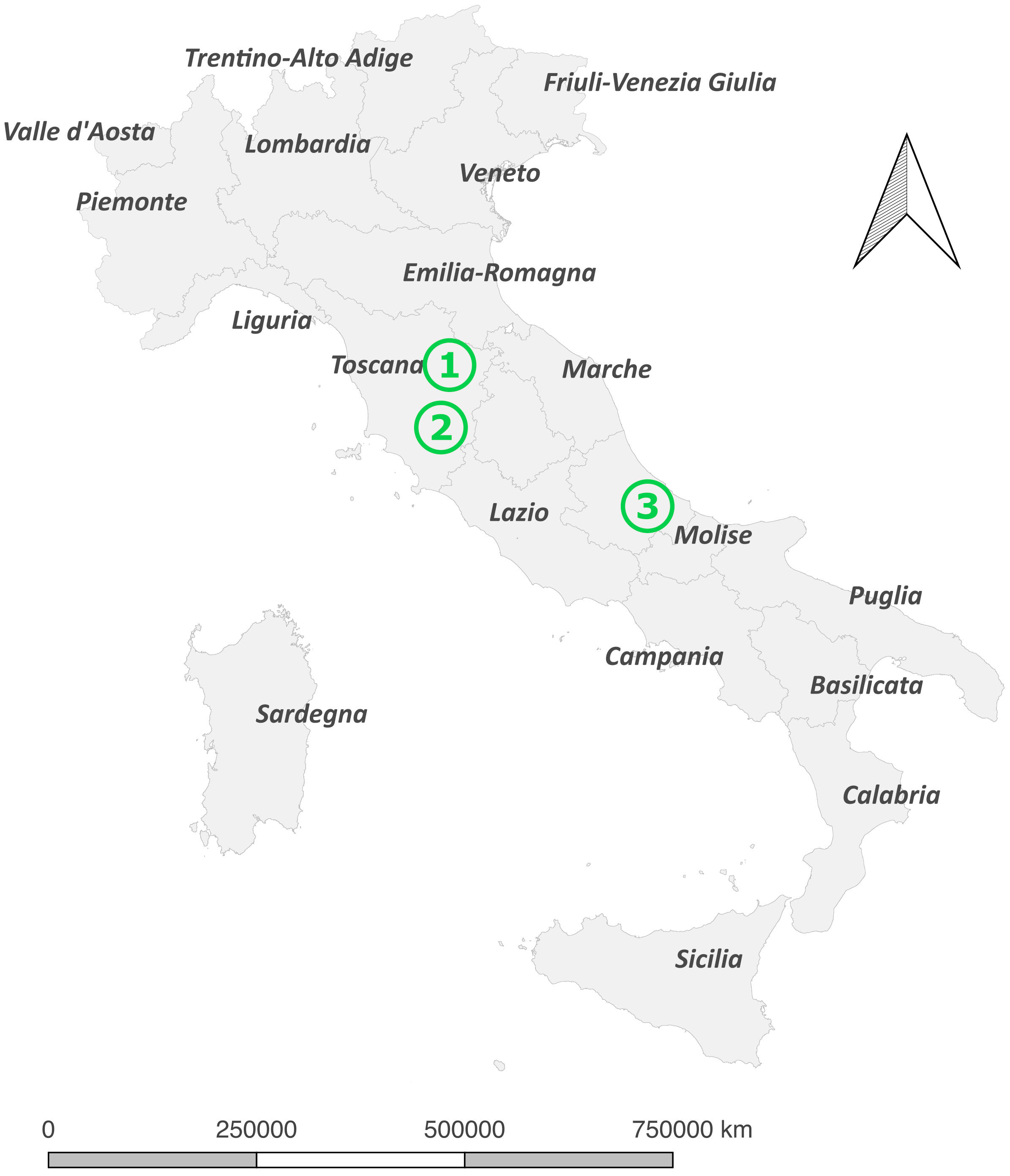
Trees and sacred natural sites in Italy
There are a number of sacred natural sites scattered across the Italian mountains and hillsides. In previous research we identified more than 600 in only the central regions of the country (Frascaroli 2013). This count has recently gone up to over 2,300 in all of Italy (Frascaroli et al., unpublished data), but odds are that even this is an incomplete figure. From the perspective of religious use, these sites can be divided into two typologies. The first are the hermitages and monasteries of contemplative monastic traditions (including the Franciscans, Camaldolese and Carthusians), located in often spectacular natural settings (e.g., mountain cliffs, forests). These are the sacred sites where the imprint of official religion and of different theological strands of Catholicism tend to be physically manifested. The other category consists of shrines tended by local communities from nearby villages and visited at least once per year as pilgrimage destinations. Every shrine is dedicated to a particular Saint and hosts a relic or a natural feature (e.g., grotto, water spring, tree) that is an object of particular veneration. Differently from the former category, these sacred sites have a stronger influence of pre-Christian or at least quintessentially folk beliefs and spirituality, although fully hybridized with the dominant Catholic framework. While sacred sites in both categories are found in a range of different natural settings, from river banks to mountainsides, a vast majority (80-90%) is found at least in the proximity of woods and forests (Frascaroli 2013). Further, both categories of sacred sites can have particular vegetation patterns and associations with different tree species.
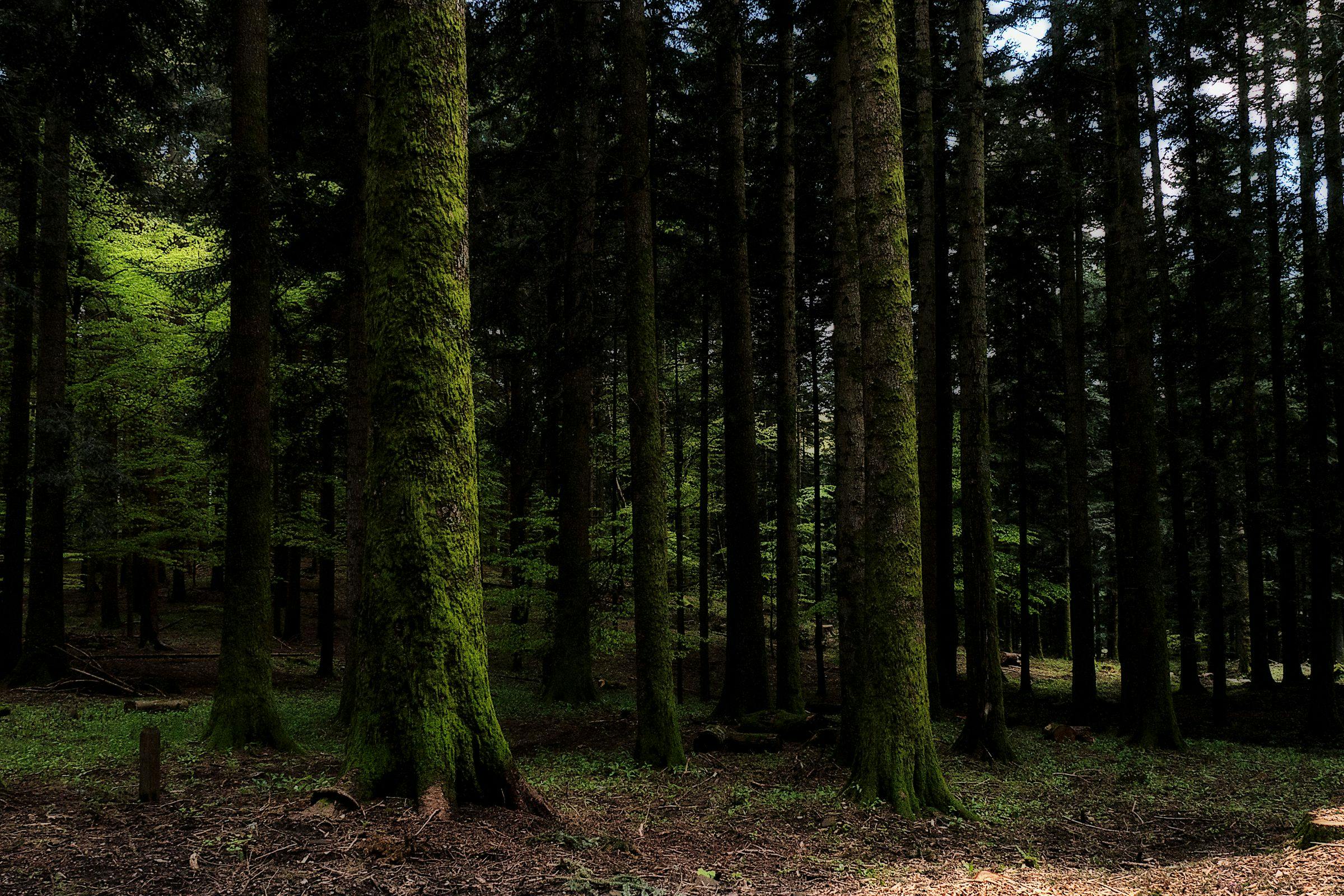
1. Camaldolese monasteries and the silver fir
The Camaldolese are an order of Catholic monks and hermits, founded in the early 11^th^ century by Saint Romuald. Their greatest expansion occurred in the northern parts of Marche, Umbria and Toscana (see Map) during the Middle Ages. Generalizing, Camaldolese spirituality is characterized by forms of mystical asceticism that are closely reminiscent of Eastern monastic traditions. As such, Camaldolese monasteries and hermitages were usually established in remote and secluded locations. What is more striking, however, is that the majority of Camaldolese settlements are surrounded by thick forests of silver fir (Abies alba Mill.). This is even more remarkable given that populations of silver fir have become extremely rare in Italy, despite being native to the peninsula. The most important examples left are indeed those found around Camaldolese sites and especially around the monastery of Camaldoli itself.
The Camaldolese monks are known for having guarded and sustainably managed these forests, based on an accurate set of written rules. At times, they even created the silver fir forests that we still see, supplanting previous beech. The attachment of the Camaldolese to this tree species is usually explained on commercial grounds, as they sold its timber to the then-rising maritime Republics as ship-building material. An even more important, albeit often neglected reason, however, may be found in a writing left by the order's 'founding fathers', which reveals how the silver fir embodies and symbolizes the mystical ideal of the Camaldolese monk: "You will become a white fir reaching to the sky [...] if you will meditate the very high truths and contemplate heavenly matters, if you will penetrate with the high top into the divine Good." (Romano 2010).
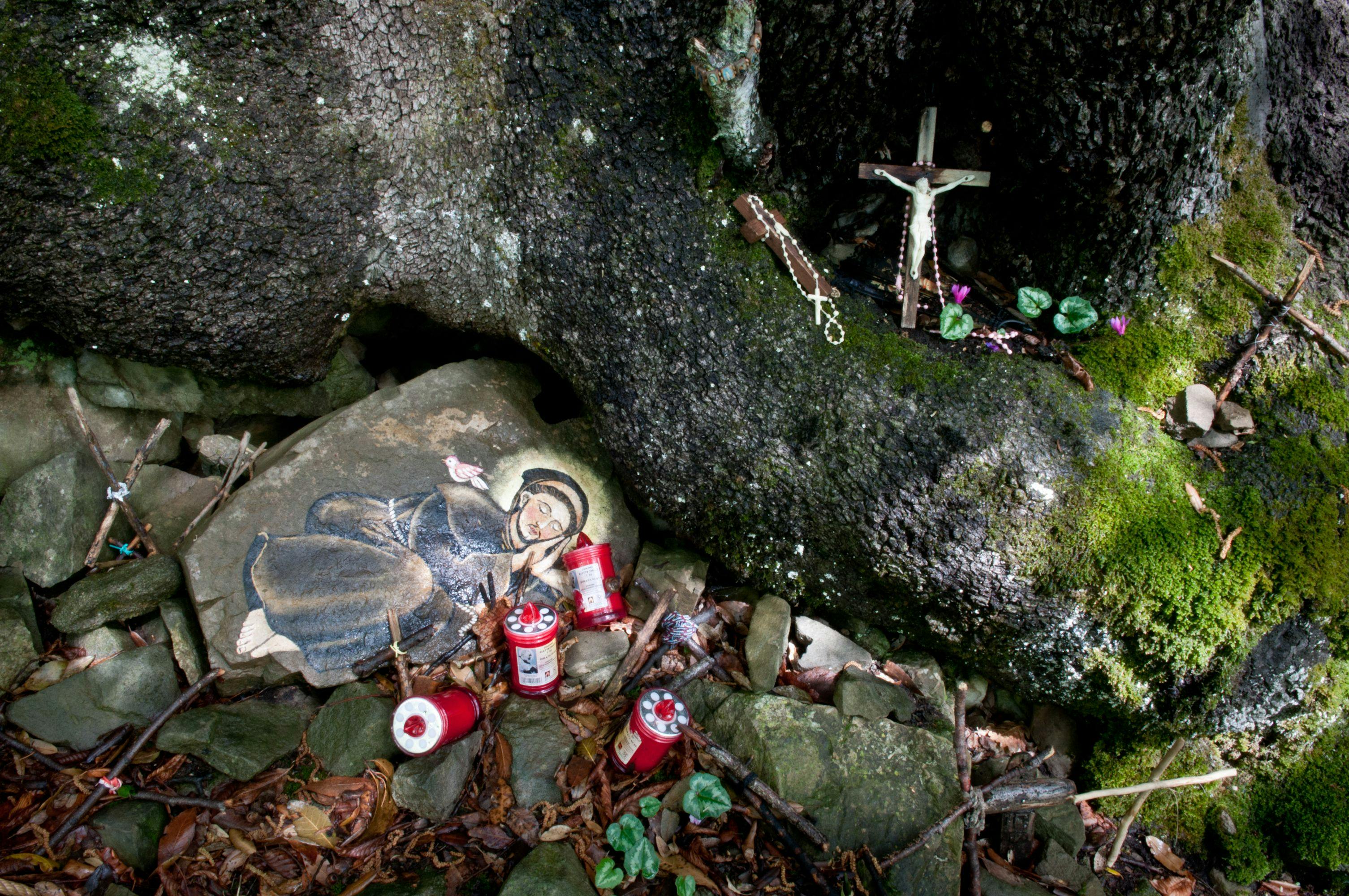
2. Saint Francis and the holm oak
St. Francis of Assisi is the best known Christian saint, and the only one clearly linked to nature and 'green' imagery even in mainstream culture. Besides a good series of miracles and nature-related tales, the Saint of Assisi left behind a rapidly growing number of followers, constituting the Franciscan order. Franciscans expanded all over Italy (and then the world). The more contemplative part of the order, however, stuck to the mystical vocation of the founder, and established a number of monasteries and hermitages in isolated places.
Franciscan sacred natural sites are found in a wide range of settings, so generalizations are hard to make, but the holm oak (Quercus ilex L.) appears to be especially common around those sites. Several of the stories told about St. Francis also had holm oaks as an important backdrop. Some of the trees mentioned in those stories are still living. One, for example, is where according to the legend Francis engaged in talking to birds, while another offered shelter to the Saint, as he was traveling over the mountains and got caught by a snowstorm. The connection between St. Francis and holm oaks might have been largely accidental, and simply motivated by the occurrence of this species in the areas where Francis spent most of his life. But there is also a more symbolic perspective, offered by the Blessed Giles of Assisi, one of Francis' first companions. In his writings, Giles reports a legend, according to which Christ himself loved the holm oak for its own sense of sacrifice, being the only tree disposed to lend its wood to fabricate the cross on which Christ would then die. Independently of the historical foundations of this tale, the fact that Giles felt the need to praise the religious merits of the holm oak in his writings indicates the importance of this tree in early Franciscan spirituality.
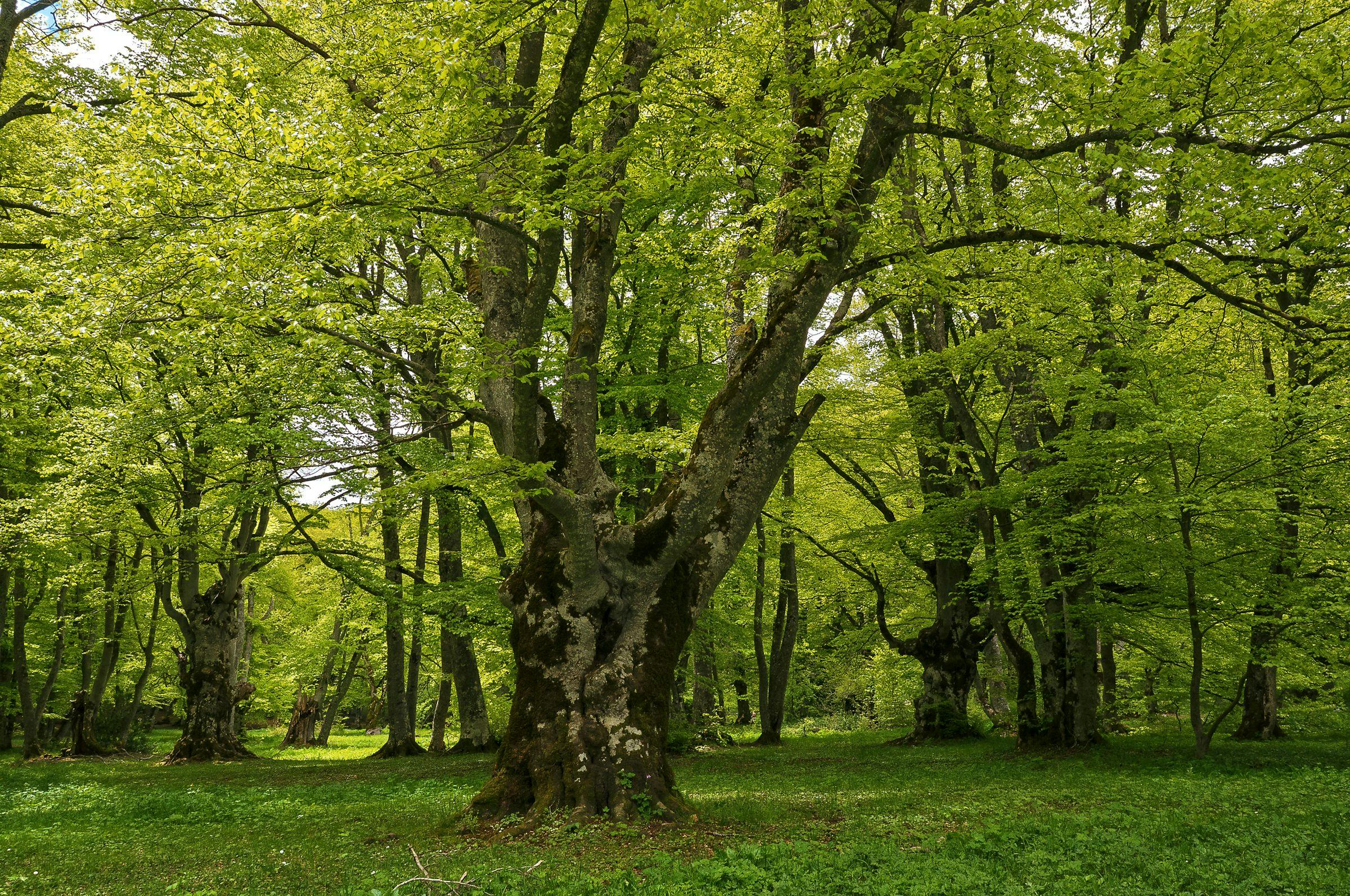
3. Pastoral shrines and the beech
Many of the sacred natural sites that are not abodes of monks and hermits but shrines used by local communities have a clear association with pastoralism (cf. Frascaroli 2016; Frascaroli and Fjeldsted 2018). This should not be so surprising, given that animal husbandry and semi-mobile pastoralism were the most important livelihood in the Italian mountains up to the Second World War and have had an immense impact on the development of Mediterranean cultures since well before the rise of ancient Rome. Sacred natural sites' relation to pastoralism is both symbolic and functional. Symbolically, many shrines share the same foundation story (or at least variations of a same story), according to which a lost bull originally 'discovered' the sacred site - or better the 'sacred feature', usually a grotto or a tree, close to which a chapel would later be built. Not surprisingly, local herders and pastoralists remain among the most fervent devotees of similar shrines across Italy. As to the functional link between the sacred sites and animal husbandry, this was manifested in how these pastoral shrines used to act as landmarks and reference points for herders, for example offering shelter on stormy days.
In a number of cases, the relation between sacred sites and pastoralism has also resulted in distinct vegetation patterns. Notably, some of the most representative examples of woodland pasture left in all of Italy occur around pastoral shrines. A distinctive characteristic of these patches are the giant trees shaped by the practice of pollarding, which local people used as a source of burning wood and fodder during winter. Although there are examples of pollarded trees of various species to be found around different sacred sites (including Quercus pubescens, Quercus cerris, Quercus ilex, and Fraxinus excelsior), beech (Fagus sylvatica L.) probably represents the most common and representative instance, conferring a distinctive look to several pastoral shrines in Central Italy. Unfortunately, it appears that following the decline of pastoralism since the 1960s, many in the local communities have lost the memory of pollarding practice. Coupled with the management restrictions implemented by protected areas, the most realistic prospect is to see the ancient link between sacred sites and culturally modified trees being definitively severed in the short- to mid-term.
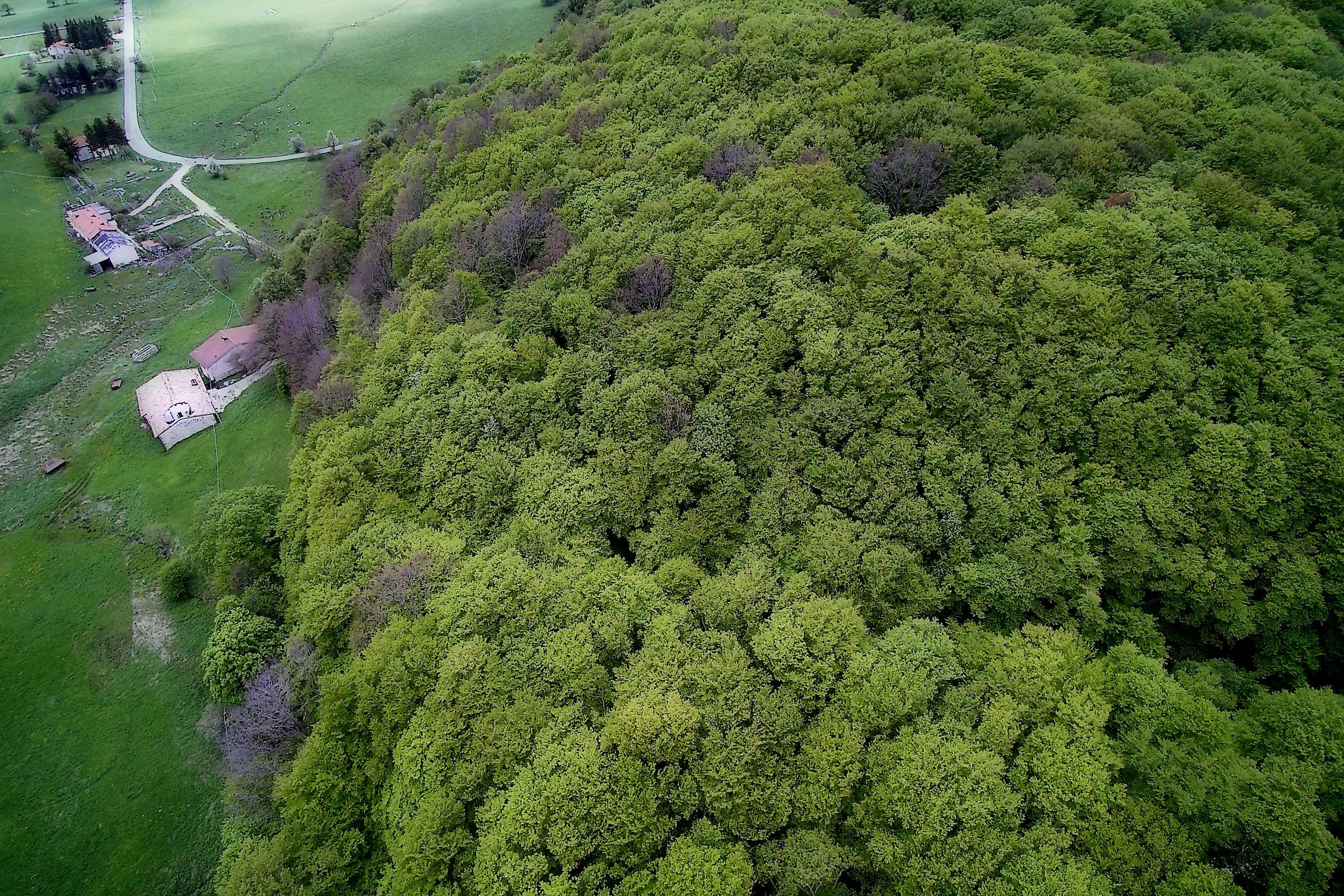
Conclusions
In this article, we have briefly reviewed how certain tree species are systematically associated with different sacred natural sites in Italy. Far from being merely accidental, these associations usually have deep symbolic drivers, so that different species appear to be linked with different religious traditions. This can be seen as an additional demonstration of how the most diverse cultures around the world have invariably relied on plants to embody, convey, and most likely inspire their meanings, values and visions of human relationship with the cosmos.
References
- Dudley N, Bhagwat S, Higgins-Zogib L, et al. (2010) Conservation of biodiversity in sacred natural sites in Asia and Africa: a review of the scientific literature. In: Verschuuren B, Wild R, McNeely J, et al. (eds), Sacred Natural Sites: Conserving Nature and Culture, London: Earthscan, pp. 19--32.
- Frascaroli F (2016) Shepherds, rituals, and the sacred: a biocultural view of the non-modern ontologies of folk shrines and devotions in Central Italy. Worldviews 20: 272--285.
- Frascaroli F (2013) Catholicism and conservation: the potential of sacred natural sites for biodiversity management in Central Italy. Human Ecology 41(4): 587--601.
- Frascaroli F and Fjeldsted T (2018) Exploring spiritual values in landscapes of production: lessons and examples from Italy. In: Verschuuren B and Brown S (eds), Cultural and Spiritual Significance of Nature in Protected and Conserved Areas: Governance, Management and Policy, London and New York: Routledge, pp. 264--277.
- Romano R (ed.) (2010) Codice Forestale Camaldolese: Le Radici della Sostenibilità. Roma: INEA.
- White LJ (1967) The historical roots of our ecologic crisis. Science 155(3767): 1203--1207.
- Wild R and McLeod C (2008) Sacred Natural Sites: Guidelines for Protected Areas Managers. Gland, Switzerland: IUCN.
